The growing popularity of barefoot running has sparked both enthusiasm and concern among athletes and researchers. While advocates praise its potential to strengthen foot muscles and improve natural gait, critics warn of the increased risk of injury for those who transition too quickly or lack proper technique. The debate over barefoot running injuries remains complex, with studies offering conflicting conclusions based on running surfaces, individual biomechanics, and adaptation periods.
The Allure of Barefoot Running and Its Hidden Dangers
Proponents of barefoot running often cite evolutionary arguments, suggesting that humans evolved to run without modern footwear. The minimalist approach promises better proprioception, reduced impact forces, and stronger foot arches. However, what many enthusiasts fail to recognize is that modern humans have spent lifetimes in shoes, creating feet that may be ill-prepared for sudden exposure to barefoot demands. The foot's intricate network of muscles, tendons, and ligaments requires gradual conditioning that most runners underestimate.
Common injuries associated with barefoot running transitions include metatarsal stress fractures, plantar fasciitis, and Achilles tendonitis. These occur when runners maintain their shod mileage while switching to barefoot techniques, overwhelming underdeveloped foot structures. The lack of cushioning also exposes runners to higher risks of puncture wounds, abrasions, and thermal injuries from hot or cold surfaces—hazards that shoes traditionally protect against.
Biomechanical Shifts and Their Consequences
Barefoot running fundamentally alters strike patterns, typically causing runners to shift from heel-striking to forefoot or midfoot strikes. While this change can reduce knee loading, it transfers stress to the ankle and foot complex. Studies using force plate analysis show that barefoot runners experience peak pressures up to 75% higher in the forefoot compared to shod runners. This dramatic redistribution of forces explains the prevalence of forefoot pain and sesamoid injuries among barefoot enthusiasts.
The calf muscles face extraordinary demands in barefoot running as they work eccentrically to control ankle dorsiflexion during forefoot landings. Many transition-related injuries stem from inadequate calf strength or flexibility, manifesting as shin splints or tendinopathies. Furthermore, the smaller surface area of the foot in contact with the ground increases localized pressure, potentially leading to stress reactions in bones that haven't developed sufficient density for unprotected impact.
Surface Matters: The Overlooked Variable
Injury patterns vary significantly based on running surfaces, a factor often neglected in barefoot running discussions. Grass and sand, while seemingly forgiving, present uneven terrain that challenges foot stability and increases ankle sprain risks. Concrete, though flat, offers no energy return and creates high impact forces. Even specialized rubber tracks—while better than pavement—lack the varied textures that would naturally toughen foot skin and develop comprehensive foot strength.
The modern world's surfaces differ drastically from the varied natural terrains our ancestors encountered. Archaeological evidence suggests early humans ran on leaf-littered forest floors, packed earth, and soft savanna grasses—surfaces that provided gradual resistance. Contemporary barefoot runners often alternate between unforgiving sidewalks and artificial turf, creating repetitive stress patterns that ancient feet would have avoided through natural surface variation.
The Adaptation Timeline Fallacy
Many barefoot running guides suggest a 10-12 week transition period, but emerging research indicates this may be insufficient for complete tissue adaptation. While muscles can strengthen within months, tendons and bones require far longer to remodel. The posterior tibial tendon, crucial for arch support, may need 6-12 months to adapt to barefoot loads. Similarly, the metatarsals require extended time to increase their density—a process that can't be rushed without risking stress fractures.
MRI studies reveal that even after a year of barefoot running, many athletes show signs of bone marrow edema—a precursor to stress fractures—in their foot bones. This suggests that the popular "listen to your body" approach may be inadequate, as cumulative damage often occurs before pain signals appear. Sports podiatrists increasingly recommend diagnostic imaging during transitions to monitor bone adaptation that isn't outwardly apparent.
Footwear in Transition: A Necessary Compromise?
The polarized debate between barefoot purists and traditional shoe advocates often ignores middle-ground solutions. Minimalist footwear with thin, flexible soles can offer protection while allowing foot musculature to develop. These transitional tools may help prevent injuries by providing some barrier against harsh surfaces while maintaining sensory feedback. However, even minimalist shoes alter natural foot mechanics compared to true barefoot running, creating a biomechanical gray area that requires individualized approaches.
Podiatric researchers emphasize that successful transitions depend on starting with extremely short barefoot distances—as little as 100 meters—and progressing by no more than 10% weekly. This conservative approach, combined with targeted foot strengthening exercises, appears to reduce injury rates significantly. Balance training on uneven surfaces and barefoot walking before running are also critical preparatory steps that many enthusiasts skip in their eagerness to embrace the trend.
Demographic Differences in Injury Risks
Not all runners face equal risks when transitioning to barefoot running. Individuals with existing foot deformities like hallux valgus or rigid high arches often experience exacerbated symptoms. Age plays a crucial role too—older runners have less elastic connective tissue and slower bone remodeling rates, necessitating longer adaptation periods. Surprisingly, lightweight runners sometimes suffer more injuries than heavier counterparts, as their lower body fat provides less natural shock absorption.
Gender differences also emerge in barefoot running injury patterns. Women, who generally have narrower heels relative to forefoot width, experience more medial longitudinal arch strain. The higher prevalence of osteoporosis in postmenopausal women further increases stress fracture risks. These demographic variations highlight the need for personalized transition plans rather than one-size-fits-all barefoot running advice.
Cultural Perspectives on Barefoot Adaptation
Examining populations with lifelong barefoot experience offers valuable insights. Studies on barefoot-running cultures in East Africa and parts of India reveal key differences from Western converts. These individuals typically begin barefoot locomotion in childhood, allowing for gradual musculoskeletal development. Their running techniques evolved naturally over thousands of miles, contrasting with Western runners who often force technique changes through conscious effort.
Interestingly, even in traditionally barefoot societies, protective foot coverings are used when surfaces become hazardous—a pragmatic approach modern enthusiasts might emulate. Anthropologists note that contemporary barefoot runners attempt to adopt an idealized version of natural running that doesn't account for environmental realities or individual physiological histories.
Moving Forward: A Balanced Approach
The barefoot running movement has undeniably advanced our understanding of foot biomechanics, but its injury risks demand respect. Successful adaptation requires patience measured in years rather than weeks, careful surface selection, and willingness to use protective footwear when necessary. Sports medicine professionals increasingly advocate for hybrid approaches—combining barefoot training on safe surfaces with appropriate footwear for high-mileage or hazardous conditions.
Future research may identify genetic markers that predict successful barefoot adaptation or develop personalized transition algorithms. Until then, runners should approach barefoot training with the same caution as any significant biomechanical change—prioritizing gradual adaptation over ideological purity to enjoy the benefits while minimizing injury risks.
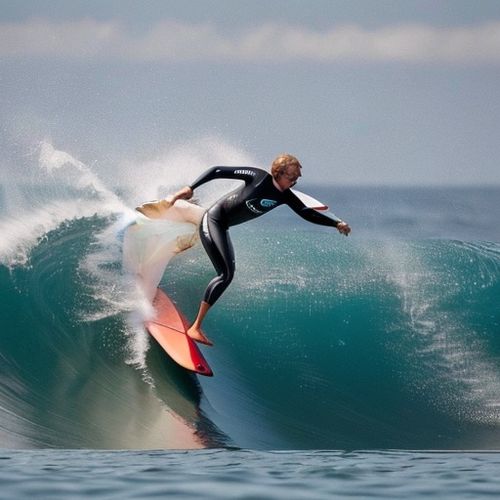
By Eric Ward/May 8, 2025

By Lily Simpson/May 8, 2025
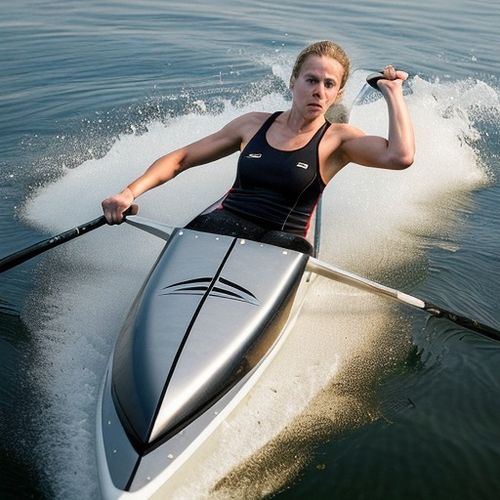
By Jessica Lee/May 8, 2025
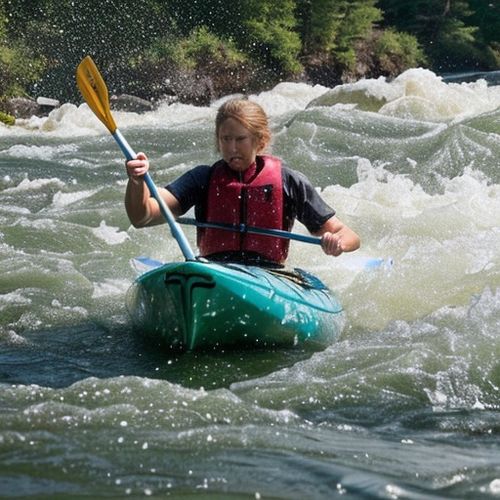
By Grace Cox/May 8, 2025

By Emily Johnson/May 8, 2025
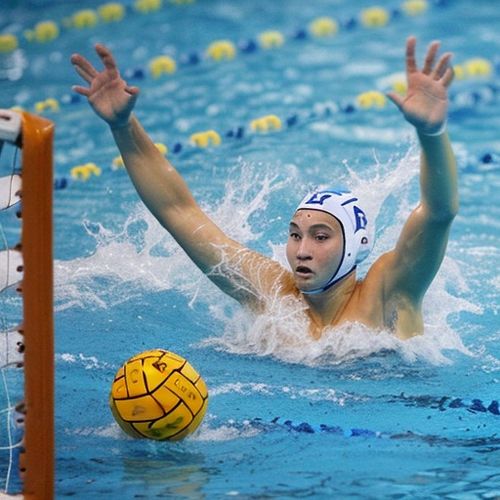
By Rebecca Stewart/May 8, 2025

By George Bailey/May 8, 2025

By Sophia Lewis/May 8, 2025
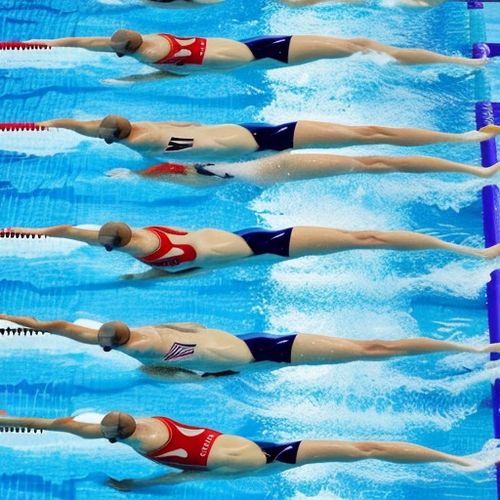
By George Bailey/May 8, 2025
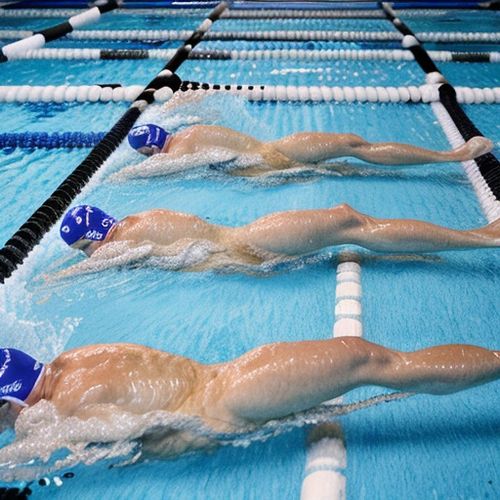
By Eric Ward/May 8, 2025
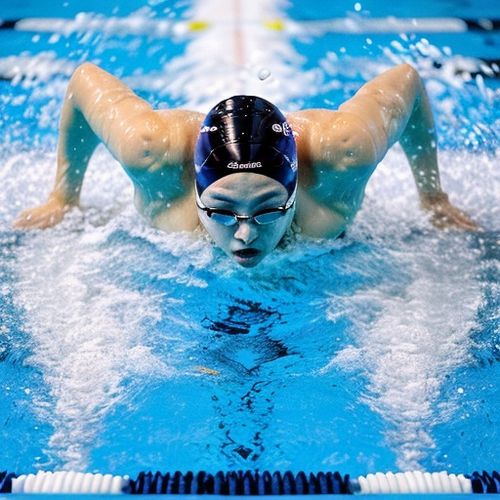
By James Moore/May 8, 2025
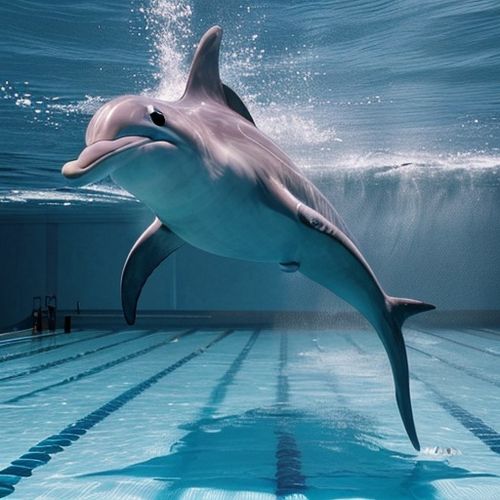
By Thomas Roberts/May 8, 2025
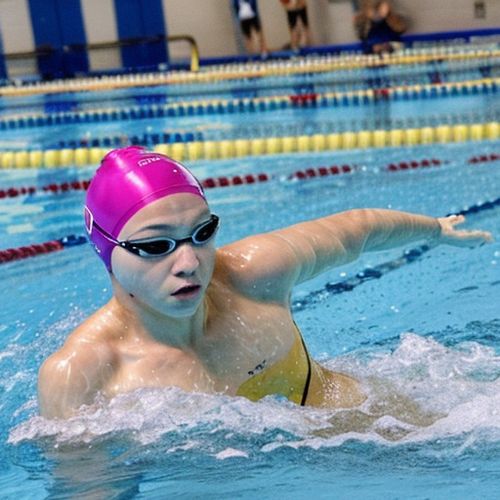
By Victoria Gonzalez/May 8, 2025
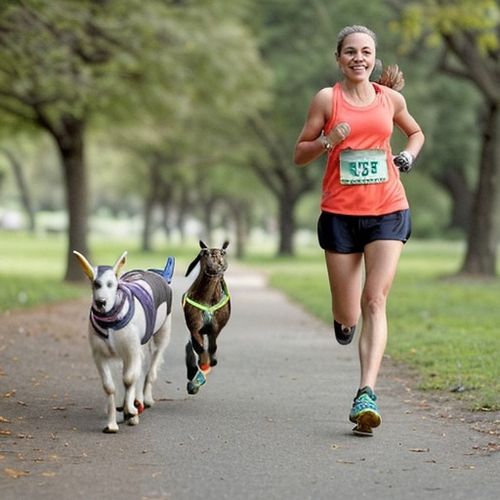
By Samuel Cooper/May 8, 2025
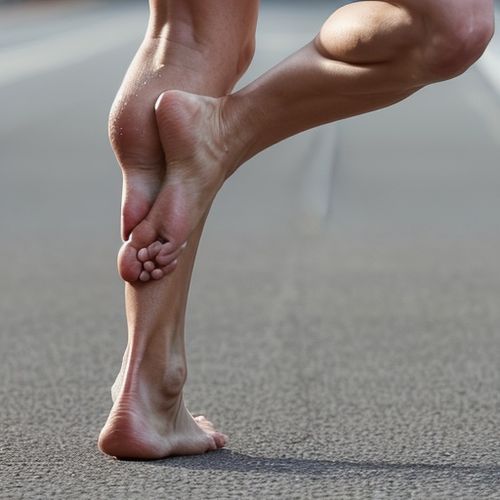
By David Anderson/May 8, 2025

By Joshua Howard/May 8, 2025

By Michael Brown/May 8, 2025
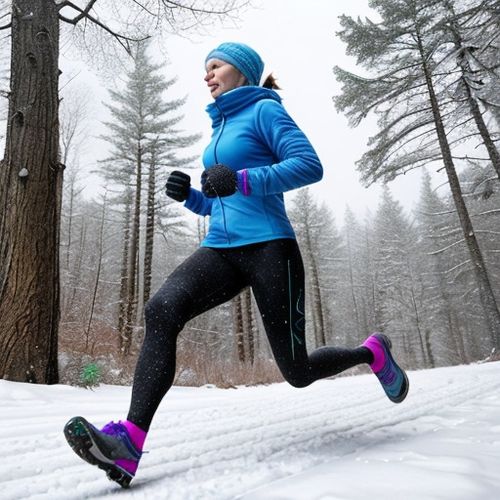
By Elizabeth Taylor/May 8, 2025
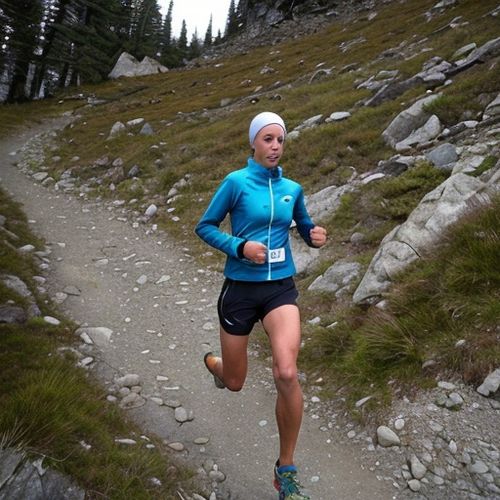
By Benjamin Evans/May 8, 2025
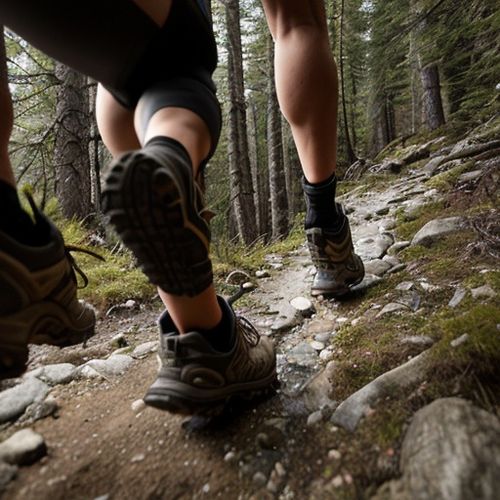
By Noah Bell/May 8, 2025